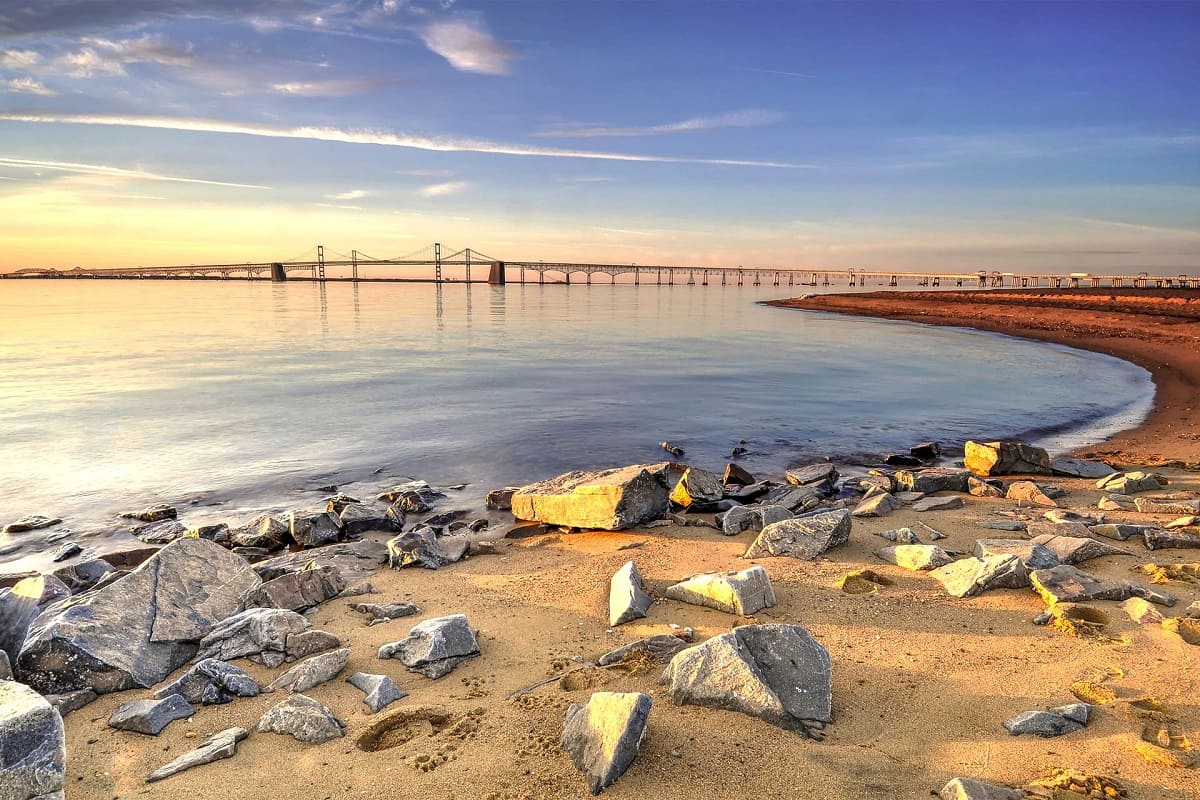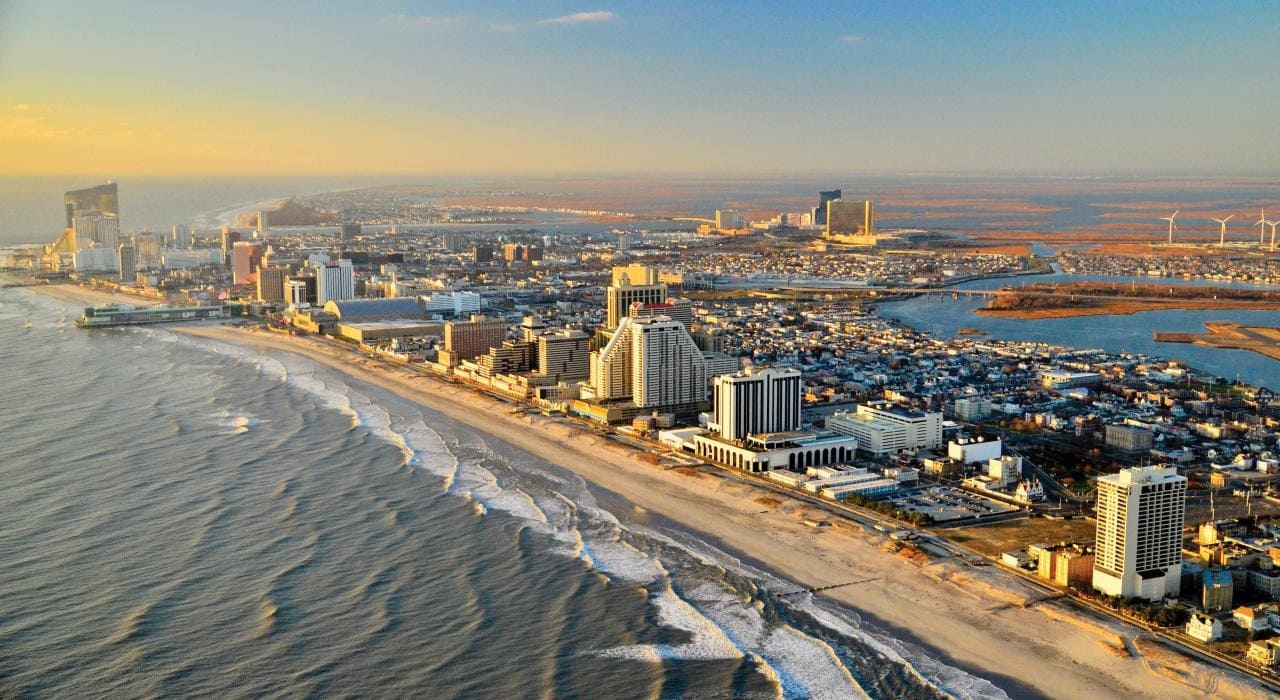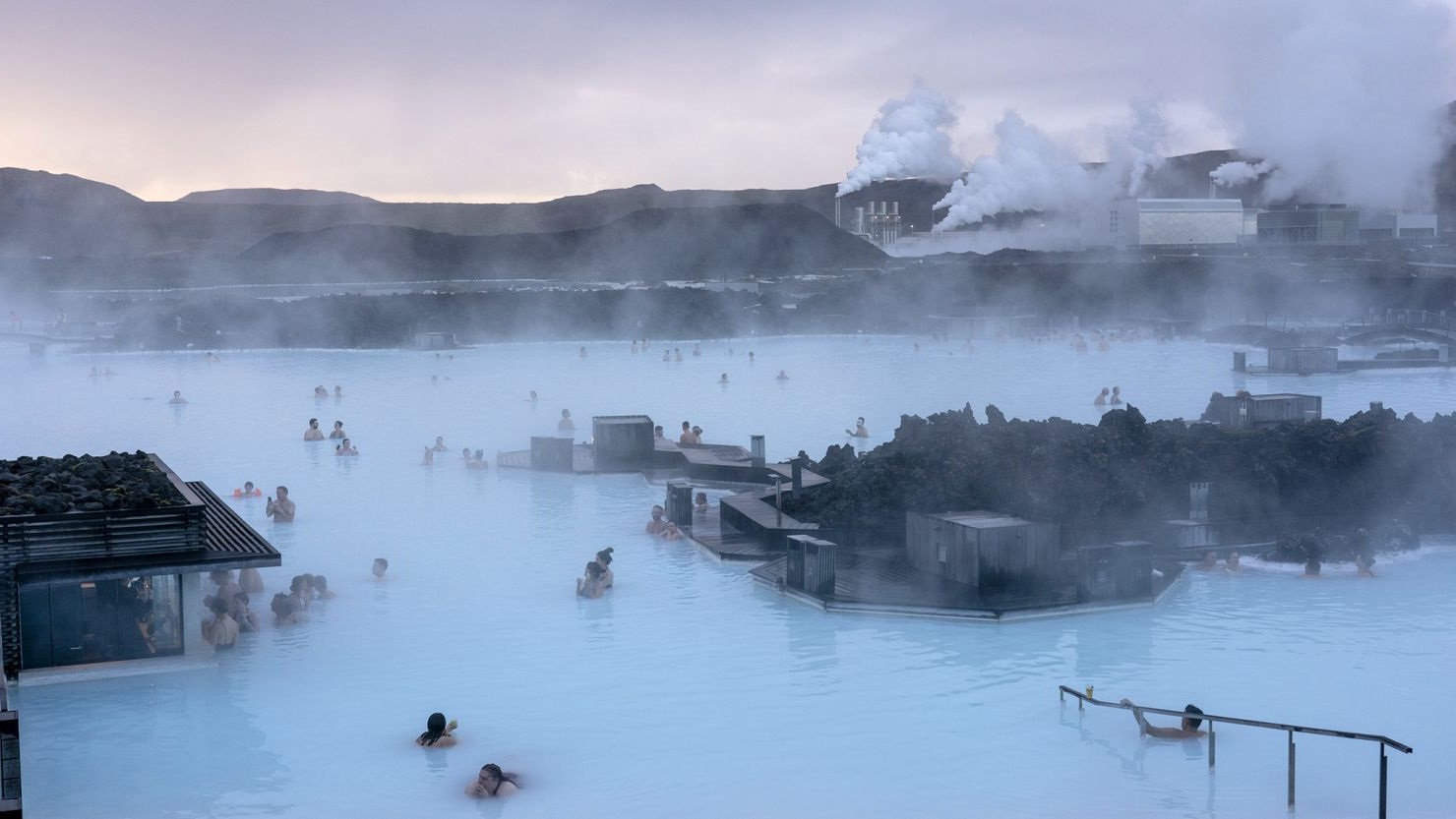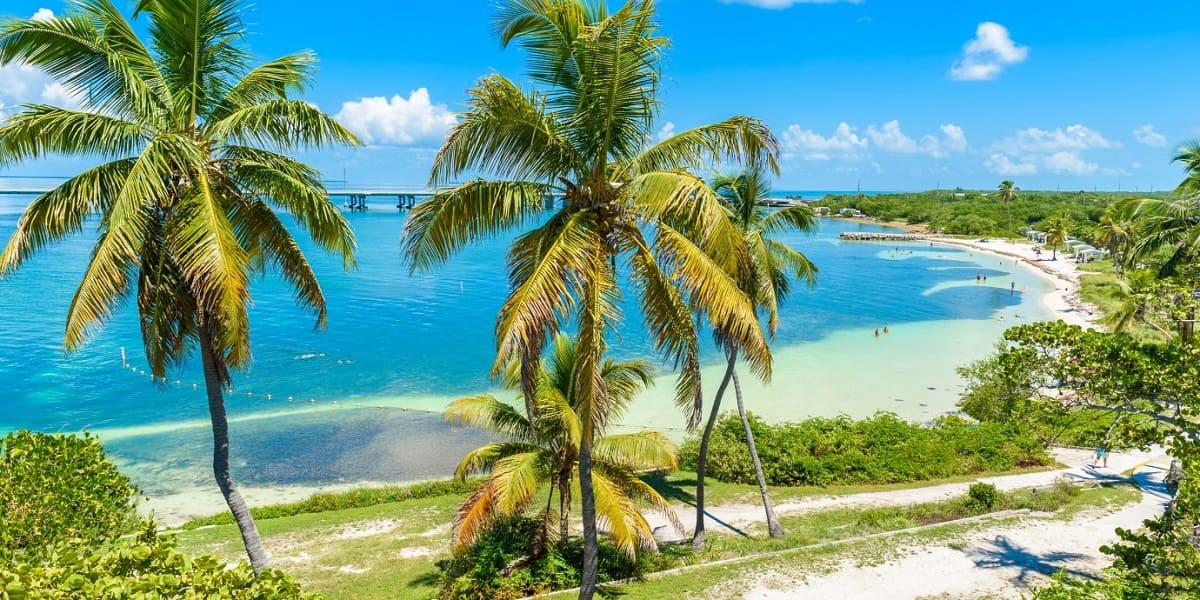Home>Weather and Climate>Arctic Temperatures In Denmark: A Comprehensive Guide
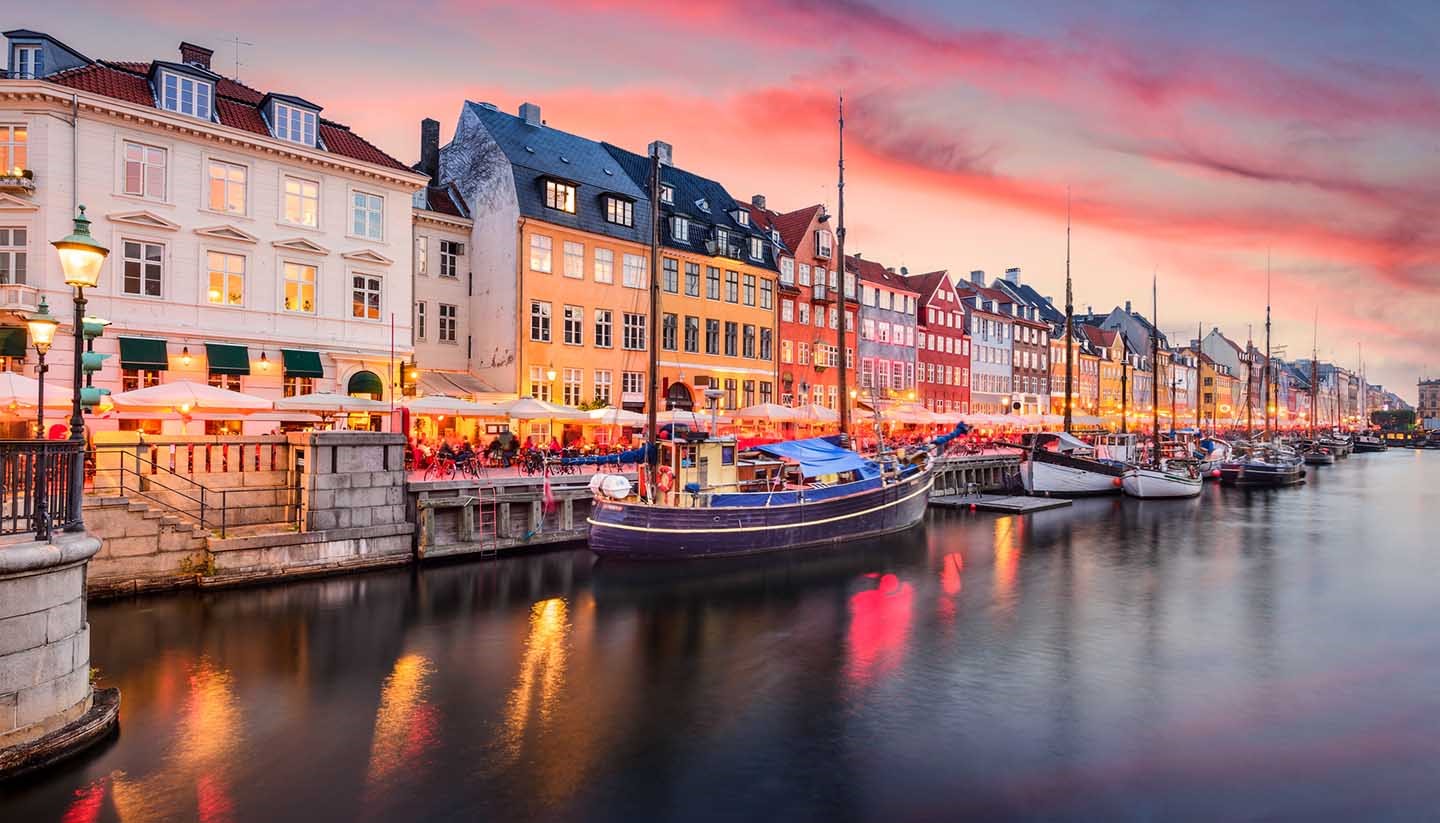

Weather and Climate
Arctic Temperatures In Denmark: A Comprehensive Guide
Published: April 6, 2024
Discover the weather and climate of Denmark, including Arctic temperatures, in this comprehensive guide. Plan your trip with essential climate information.
(Many of the links in this article redirect to a specific reviewed product. Your purchase of these products through affiliate links helps to generate commission for Temperatures.com, at no extra cost. Learn more)
Table of Contents
Introduction
Arctic temperatures in Denmark play a crucial role in shaping the country's climate and environment. The Arctic region, known for its extreme cold and unique ecosystems, significantly influences weather patterns and climatic conditions in Denmark. Understanding the dynamics of Arctic temperatures is essential for comprehending the broader context of Denmark's climate and its implications for various aspects of life in the country.
The Arctic, characterized by its frigid temperatures and vast expanses of ice, holds a mystique that captivates the imagination. It encompasses a diverse array of landscapes, from frozen tundras to polar deserts, and is home to a rich diversity of wildlife, including iconic species such as polar bears, Arctic foxes, and reindeer. The region's climate is defined by long, harsh winters and relatively brief, cool summers, creating a starkly beautiful yet challenging environment.
In Denmark, the influence of Arctic temperatures is palpable, particularly in the northern regions of the country. The interplay between the Arctic climate and Denmark's own weather systems shapes the seasonal variations experienced by its inhabitants. From the impact on agriculture and wildlife to the overall atmospheric conditions, the Arctic temperatures leave an indelible mark on Denmark's climate.
As we delve into the intricacies of Arctic temperatures in Denmark, it becomes evident that this aspect of the country's climate is not only a subject of scientific interest but also holds practical significance for the daily lives of its residents. By exploring the historical trends, current challenges, and potential adaptations related to Arctic temperatures, we can gain a deeper appreciation for the interconnectedness of global climate systems and the localized effects they produce.
The exploration of Arctic temperatures in Denmark offers a compelling journey into the heart of the country's climate dynamics, shedding light on the intricate relationship between a distant, yet influential, region and the everyday experiences of those living in Denmark. Through this exploration, we can uncover valuable insights into the resilience and adaptability of both nature and human communities in the face of environmental change.
Understanding Arctic Temperatures
Arctic temperatures are a defining feature of the polar regions, encompassing a vast area of the Earth's northernmost reaches. The Arctic climate is characterized by extreme cold, with temperatures often plunging well below freezing for significant portions of the year. This frigid environment is shaped by a combination of factors, including the tilt of the Earth's axis, which results in prolonged periods of darkness during the winter months and extended daylight in the summer.
The unique geography of the Arctic, with its expansive ice sheets and frozen seas, plays a pivotal role in shaping temperatures. The reflective nature of ice and snow, known as albedo, contributes to the region's overall cooling effect by bouncing a significant portion of the sun's energy back into space. This phenomenon helps maintain the low temperatures that are synonymous with the Arctic.
Furthermore, the Arctic's proximity to the North Pole results in a distinct pattern of atmospheric circulation, known as the polar vortex. This circulation system helps contain the frigid air within the polar region, creating a barrier that separates the extreme cold from the temperate zones further south.
The interplay between these factors gives rise to the stark seasonal contrast that defines the Arctic climate. Winters are characterized by prolonged darkness, bitter cold, and the formation of expansive ice cover across the region. In contrast, the brief Arctic summer brings a temporary reprieve from the cold, with the sun remaining above the horizon for extended periods, leading to a rapid thawing of ice and snow.
Understanding Arctic temperatures is essential for grasping the broader implications of climate change, as the polar regions are particularly sensitive to environmental shifts. The delicate balance of the Arctic climate is increasingly under threat due to rising global temperatures, leading to accelerated ice melt, changes in wildlife habitats, and alterations in weather patterns worldwide.
In Denmark, the influence of Arctic temperatures extends beyond mere meteorological data, impacting various aspects of life, from agriculture and wildlife to energy consumption and infrastructure. By gaining a deeper understanding of the intricacies of Arctic temperatures, we can better appreciate the interconnectedness of global climate systems and the far-reaching effects they have on both natural ecosystems and human societies.
Impact of Arctic Temperatures in Denmark
The impact of Arctic temperatures reverberates throughout Denmark, influencing various facets of the country's environment, economy, and societal dynamics. The northern regions of Denmark, in particular, experience a pronounced influence from the Arctic climate, shaping the local conditions in significant ways.
Agricultural Implications
Arctic temperatures play a pivotal role in shaping the agricultural landscape of Denmark, especially in the northern areas. The colder climate influences the types of crops that can be cultivated and the duration of the growing season. Additionally, the presence of Arctic temperatures contributes to the formation of permafrost in certain regions, presenting challenges for agricultural activities. The need for specialized farming practices and resilient crop varieties tailored to the unique climatic conditions becomes imperative in these areas.
Wildlife and Biodiversity
The impact of Arctic temperatures extends to the wildlife and biodiversity of Denmark. The northern reaches of the country are home to diverse ecosystems that are influenced by the Arctic climate. Species such as the Arctic fox, reindeer, and various migratory birds are adapted to thrive in these colder environments. The delicate balance of these ecosystems is intricately linked to the presence of Arctic temperatures, and any shifts in these climatic conditions can have far-reaching consequences for the region's flora and fauna.
Energy Consumption and Infrastructure
The influence of Arctic temperatures also manifests in the energy consumption and infrastructure of Denmark. The need for heating during prolonged cold periods, particularly in the northern areas, significantly impacts energy usage. Additionally, infrastructure maintenance and construction must account for the challenges posed by Arctic temperatures, including the potential effects of permafrost on building foundations and transportation routes.
Cultural and Societal Adaptations
Arctic temperatures have historically shaped the cultural and societal adaptations in Denmark's northern regions. Traditional practices, folklore, and community dynamics are influenced by the seasonal rhythms and climatic challenges posed by the Arctic climate. The resilience and resourcefulness of local communities in adapting to the demands of Arctic temperatures reflect a deep connection to the natural environment and a rich cultural heritage shaped by the region's unique climate.
The impact of Arctic temperatures in Denmark underscores the intricate interplay between global climate systems and localized environmental dynamics. By recognizing and understanding these influences, Denmark can better prepare for the challenges and opportunities presented by the Arctic climate, fostering sustainable practices and resilient communities in the face of evolving climatic conditions.
Factors Influencing Arctic Temperatures in Denmark
Several key factors contribute to the intricate tapestry of Arctic temperatures in Denmark, shaping the unique climatic conditions experienced in the country's northern regions. Understanding these influential elements is essential for comprehending the nuanced interplay of environmental dynamics that define the Arctic climate in Denmark.
Geographical Position
Denmark's geographical position significantly influences the impact of Arctic temperatures on the country. Situated in close proximity to the Arctic Circle, the northern regions of Denmark experience a more direct influence from the frigid air masses originating in the polar regions. This proximity amplifies the effects of Arctic temperatures, leading to colder winters and cooler summers compared to the southern areas of the country.
Oceanic and Atmospheric Circulation
The intricate dance of oceanic and atmospheric circulation patterns plays a pivotal role in shaping Arctic temperatures in Denmark. The proximity to the North Atlantic Ocean and the Arctic Ocean influences the transport of heat and moisture, impacting the temperature and weather patterns in the region. The interaction between ocean currents, such as the North Atlantic Drift, and atmospheric circulation systems, including the polar vortex, contributes to the modulation of Arctic temperatures in Denmark.
Albedo and Ice Cover
The presence of extensive ice cover and snow in the Arctic region, particularly during the winter months, significantly influences temperatures in Denmark. The high albedo of ice and snow reflects a considerable portion of the incoming solar radiation, contributing to the maintenance of lower temperatures. As the ice cover fluctuates due to seasonal variations and long-term climate trends, the albedo effect plays a crucial role in shaping the thermal conditions experienced in Denmark's northern reaches.
Climate Change and Global Warming
The overarching influence of climate change and global warming cannot be overlooked when considering the factors impacting Arctic temperatures in Denmark. The rapid warming of the Arctic region due to global climate change has led to accelerated ice melt, altering oceanic and atmospheric dynamics. These changes have reverberating effects on the temperature patterns in Denmark, contributing to shifts in seasonal temperatures, precipitation patterns, and the overall climatic regime experienced in the country's northern areas.
Local Topography and Land Use
The local topography and land use practices in Denmark's northern regions also contribute to the modulation of Arctic temperatures. Factors such as the presence of fjords, mountains, and coastal areas influence microclimates, leading to localized variations in temperature and weather patterns. Additionally, land use practices, including deforestation and urbanization, can impact surface albedo and heat absorption, further influencing the thermal conditions experienced in specific areas.
By recognizing and understanding these influential factors, Denmark can better navigate the complexities of Arctic temperatures, fostering informed strategies for climate resilience and sustainable adaptation in the face of evolving environmental dynamics.
Historical Trends of Arctic Temperatures in Denmark
The historical trends of Arctic temperatures in Denmark offer valuable insights into the evolving climatic patterns that have shaped the country's northern regions over time. Examining historical temperature records reveals compelling narratives of fluctuating thermal conditions and their profound impact on the environment, ecosystems, and human activities in Denmark.
Over the past century, Denmark has witnessed notable shifts in Arctic temperatures, reflecting broader global climatic trends. Historical data indicates a discernible pattern of warming in the Arctic region, with corresponding effects on Denmark's northern climate. The gradual increase in average temperatures has led to changes in seasonal dynamics, including alterations in the duration and intensity of cold periods, as well as the timing of spring thaws and autumn freezes.
The historical trends also highlight the interplay between Arctic temperatures and natural phenomena such as sea ice extent and snow cover. Observations reveal a diminishing trend in Arctic sea ice, accompanied by variations in the extent and duration of snow cover in Denmark's northern territories. These changes have far-reaching implications for local ecosystems, wildlife habitats, and traditional land use practices, underscoring the intricate connections between Arctic temperatures and environmental dynamics.
Furthermore, historical records document the impact of temperature trends on human societies in Denmark. From the adaptation of agricultural practices to the management of energy resources, the historical trends of Arctic temperatures have influenced various aspects of daily life in the country's northern regions. The resilience and adaptability of communities in response to shifting thermal conditions are woven into the fabric of Denmark's historical narrative, reflecting the enduring relationship between human societies and the Arctic climate.
By delving into the historical trends of Arctic temperatures in Denmark, we gain a deeper appreciation for the dynamic nature of climate and the enduring legacy of environmental change. These insights provide a foundation for understanding the present-day challenges and opportunities associated with Arctic temperatures, guiding informed strategies for sustainable adaptation and resilience in the face of evolving climatic conditions.
Current Climate Change and Arctic Temperatures in Denmark
The current climate change has brought unprecedented shifts in Arctic temperatures, significantly impacting Denmark's northern regions. As global temperatures continue to rise, the Arctic climate is undergoing rapid transformation, with profound implications for Denmark's environmental, economic, and societal landscapes.
The warming trend in the Arctic is particularly pronounced, leading to accelerated ice melt, diminishing sea ice extent, and alterations in atmospheric circulation patterns. These changes reverberate across Denmark, influencing the thermal conditions experienced in the country's northern territories. The effects of current climate change on Arctic temperatures in Denmark are multifaceted, encompassing diverse aspects of the natural and human environment.
One of the most striking manifestations of current climate change in Denmark is the discernible shift in seasonal temperature patterns. Winters are becoming milder, with reduced duration and intensity of cold periods, while summers are witnessing higher average temperatures. These alterations in seasonal dynamics have implications for agriculture, wildlife habitats, and energy consumption, necessitating adaptive strategies to mitigate the impacts of changing thermal conditions.
The diminishing extent of Arctic sea ice also holds significant ramifications for Denmark. The reduction in sea ice coverage influences oceanic and atmospheric circulation, potentially affecting weather patterns and precipitation regimes in the northern regions. Moreover, the changes in sea ice dynamics impact marine ecosystems and wildlife, posing challenges for species adapted to the Arctic environment.
The interplay between current climate change and Arctic temperatures in Denmark underscores the urgency of proactive measures to address the evolving environmental dynamics. Sustainable adaptation strategies, informed by a deep understanding of the interconnectedness of global climate systems, are essential for fostering resilience in the face of changing thermal conditions. Furthermore, efforts to mitigate the drivers of climate change and reduce greenhouse gas emissions are crucial for curbing the pace of Arctic warming and its cascading effects on Denmark's climate.
As Denmark navigates the complexities of current climate change and its impact on Arctic temperatures, a holistic approach that integrates scientific research, community engagement, and policy initiatives is imperative. By embracing a forward-looking perspective and prioritizing sustainable practices, Denmark can chart a path towards climate resilience and environmental stewardship in the context of evolving Arctic temperatures.
This section provides a comprehensive overview of the current climate change and its influence on Arctic temperatures in Denmark, shedding light on the intricate dynamics at play and the imperative for proactive and sustainable responses to the evolving environmental conditions.
Adapting to Arctic Temperatures in Denmark
Adapting to Arctic temperatures in Denmark necessitates a multifaceted approach that encompasses environmental stewardship, community resilience, and sustainable resource management. As the impact of Arctic temperatures continues to shape the northern regions of the country, proactive adaptation strategies are essential for mitigating the challenges posed by evolving climatic conditions.
Agricultural adaptation stands as a crucial pillar in addressing the influence of Arctic temperatures on Denmark's northern farmlands. The cultivation of cold-resistant crop varieties, implementation of innovative farming techniques, and the development of resilient agricultural infrastructure are pivotal for sustaining agricultural productivity in the face of fluctuating thermal conditions. Furthermore, fostering knowledge exchange and collaborative networks among farmers can facilitate the sharing of best practices for adapting to the unique challenges presented by Arctic temperatures.
In the realm of wildlife conservation and biodiversity preservation, adaptive measures play a pivotal role in safeguarding the delicate ecosystems influenced by Arctic temperatures. Implementing habitat restoration initiatives, monitoring wildlife populations, and promoting sustainable land use practices are essential for mitigating the impact of changing thermal conditions on indigenous species. Additionally, fostering public awareness and engagement in conservation efforts can contribute to the preservation of Denmark's diverse wildlife in the context of evolving Arctic temperatures.
Energy efficiency and infrastructure resilience are paramount considerations in adapting to Arctic temperatures in Denmark. Embracing sustainable energy solutions, enhancing building design for thermal efficiency, and implementing climate-resilient infrastructure are integral components of adapting to the thermal dynamics influenced by the Arctic climate. Furthermore, integrating climate-conscious urban planning and infrastructure development can bolster the resilience of communities in the face of changing thermal conditions.
Cultural adaptation and community resilience are intrinsic to navigating the influence of Arctic temperatures on Denmark's northern societies. Preserving traditional knowledge, fostering adaptive cultural practices, and promoting community-based climate resilience initiatives are essential for nurturing the resilience of local communities. Moreover, empowering community engagement and participatory decision-making processes can foster a collective approach to adapting to the challenges posed by Arctic temperatures.
By embracing a holistic and forward-looking approach to adaptation, Denmark can navigate the complexities of Arctic temperatures, fostering sustainable practices and resilient communities in the face of evolving climatic conditions. The proactive adaptation to Arctic temperatures in Denmark is imperative for safeguarding the environmental, economic, and societal well-being of the country's northern regions, ensuring a harmonious coexistence with the unique climatic dynamics influenced by the Arctic.
Conclusion
In conclusion, the exploration of Arctic temperatures in Denmark unveils a captivating tapestry of environmental intricacies, historical legacies, and contemporary challenges. The influence of Arctic temperatures on Denmark's northern regions extends beyond mere meteorological data, shaping agricultural practices, wildlife habitats, energy consumption, and cultural dynamics. The interplay of geographical, climatic, and anthropogenic factors underscores the profound impact of Arctic temperatures on the fabric of Denmark's environment and society.
The historical trends of Arctic temperatures in Denmark provide a compelling narrative of climatic fluctuations and their enduring imprint on the country's northern landscapes. From the adaptation of agricultural practices to the resilience of local communities, the historical legacy of Arctic temperatures is woven into the fabric of Denmark's cultural heritage, reflecting the enduring relationship between human societies and the Arctic climate.
Furthermore, the current climate change has brought unprecedented shifts in Arctic temperatures, necessitating proactive measures to address the evolving environmental dynamics. The discernible shift in seasonal temperature patterns, diminishing sea ice extent, and alterations in atmospheric circulation patterns underscore the urgency of sustainable adaptation strategies to mitigate the impacts of changing thermal conditions.
Adapting to Arctic temperatures in Denmark requires a holistic approach that integrates environmental stewardship, community resilience, and sustainable resource management. From agricultural adaptation and wildlife conservation to energy efficiency and cultural resilience, proactive measures are essential for navigating the influence of Arctic temperatures and fostering sustainable practices in the face of evolving climatic conditions.
As Denmark charts a path forward, embracing a forward-looking perspective and prioritizing sustainable practices are imperative. By fostering resilience and environmental stewardship in the context of evolving Arctic temperatures, Denmark can navigate the complexities of current climate change and chart a path towards climate resilience and environmental stewardship.
In essence, the exploration of Arctic temperatures in Denmark offers a profound journey into the heart of the country's climate dynamics, shedding light on the intricate relationship between a distant, yet influential, region and the everyday experiences of those living in Denmark. Through this exploration, valuable insights into the resilience and adaptability of both nature and human communities in the face of environmental change are uncovered, guiding informed strategies for sustainable adaptation and resilience in the face of evolving climatic conditions.

